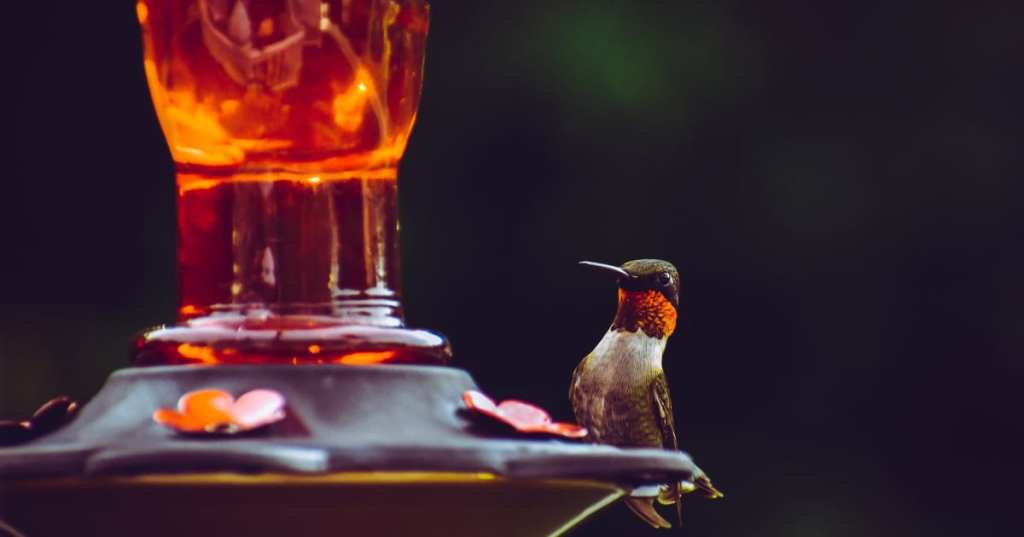It makes total sense to me that there are hundreds of thousands of little things about the natural world that we don’t understand, can’t know, and may never be aware of, but that doesn’t mean the facts don’t blow my mind when they do come to light.
And while it’s hard to imagine what science says we literally can’t imagine, it’s amazing to think another species, like hummingbirds, see the world world in so many more colors than we do.
https://www.instagram.com/p/CBs0-fhFo4K/
Up to five other “colors,” to be exact, according to research just published by scientists at Princeton University.
The group trained wild hummingbirds to complete an array of color vision experiments, and proved they pick up on “non-spectral” color combinations that the human eye isn’t capable of seeing.
Human vision (along with most other primate’s) is trichromatic – we use three types of photoreceptor cells (cones). They’re blue, green, and red. This study shows that hummingbirds have an ancient four-color cone visual system that allows them to see ultraviolet and non-spectral combinations that we cannot.
Basically, these are colors not on the spectrum of visible light, and are made up of combinations of hues that are widely separated on the color spectrum. Most colors perceived by humans are made up of blended neighboring colors (blue-green or green-red), though we do see a few, like magenta, that are made up of blue and red.
In theory, hummingbirds can see purple/magenta, plus ultraviolet+red, ultraviolet+green, ultraviolet+yellow, and ultraviolet+purple.
Mary Caswell Stoddard, an assistant professor at Princeton and part of the study, attempted to explain a bit more in a statement.
https://www.instagram.com/p/CB0oejbBfO8/
“Humans are color-blind compared to birds and many other animals. Humans have three types of color-sensitive cones in their eyes – attuned to red, green, and blue light – but birds have a fourth type, sensitive to ultraviolet light.”
She continues,
“Not only does having a fourth color cone type extend the range of bird-visible colors into the UV, it potentially allows birds to perceive combination colors like ultraviolet+green and ultraviolet+red – but this has been hard to test.”
To try, the team set up a number of different bird feeders next to LED lights that emitted a range of colors, both spectral and non-spectral. They tracked over 6,000 feeder visits before concluding that the hummingbirds identified which feeders contained food by non-spectral color.
Harold Eyster, a PhD student and co-author on the study, said
“It was amazing to watch. The ultraviolet_green light and green light looked identical to us, but the hummingbirds kept correctly choosing the ultraviolet+green light associated with sugar water.”
As another study author, Ben Hogan points out, it’s crazy to think how impossible it is for humans to imagine what they’re seeing.
https://www.instagram.com/p/CBx9yiVJvBT/
“Is ultraviolet+red a mix of those colors, or an entirely new color? We can only speculate.”
Other birds, fish, reptiles – and even dinosaurs – share the trait of four color cone cells, so hummingbirds aren’t alone.
For me, this study is just one more reminder that humans are just one single cog in the ecosystem of earth, and how every single day looks different to all of us.
Pretty neat, right?






